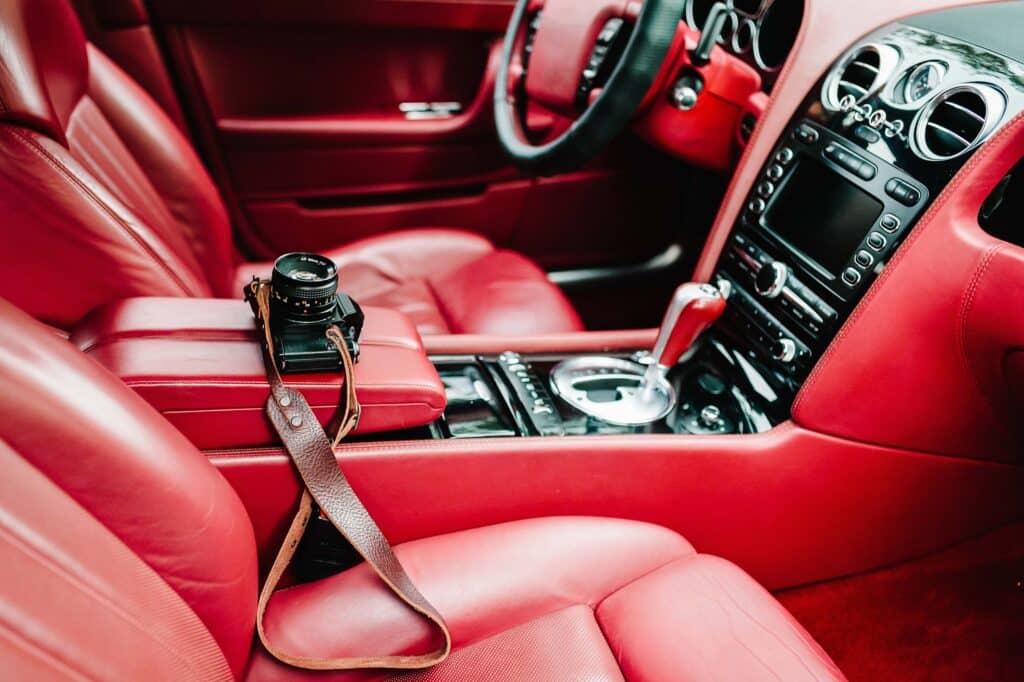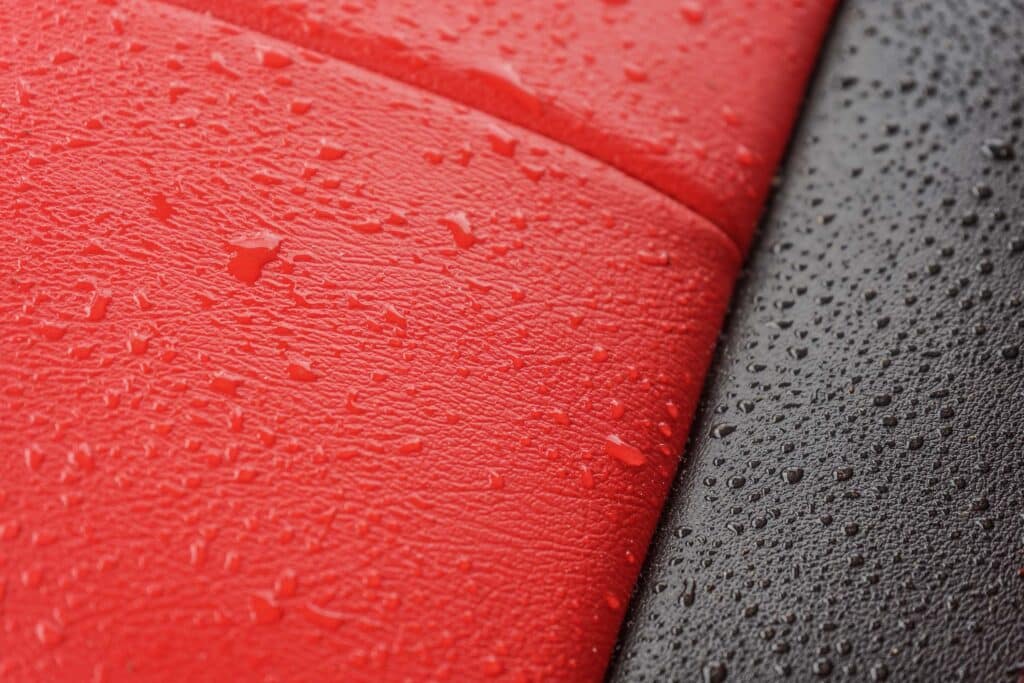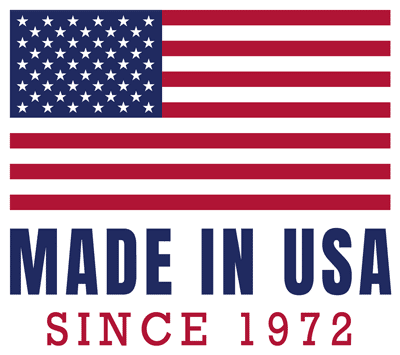
Leather has been with humanity throughout its history. It’s ben transformed and refined through various tanning methods. One such method is aldehyde tanning. It was invented and patented by Seymour S Kremen in 1958. This method is used because it produces certain characteristics and qualities in leather. It has deep roots in traditional craftsmanship and has evolved through modern innovations.
What is Aldehyde Tanning?
Aldehyde tanning is a process that involves the use of aldehydes, particularly formaldehyde, in the tanning solution. Formaldehyde isn’t the most safe chemical to be around. It’s colorless but toxic and flammable when it’s at room temp. While vegetable tanning uses plant-based materials and chrome tanning relies on chromium salts, aldehyde tanning leverages the power of aldehydes to create leather with distinct properties.
The process begins with the preparation of the animal hide. The tanners soak the raw hides in water to remove dirt and impurities. After this initial step, the hides are treated with an aldehyde solution, typically formaldehyde, which reacts with the proteins in the hide. The reaction stabilizes the leather fibers, preventing them from decomposing and rendering the leather more resistant to water and microbial attacks.
An Alternative to Chromium Tanning
Chromium tanning is one of the most popular methods for tanning leather. The aldehyde tanning process was developed as an alternative to chromium tanning. It can use the same equipment as chromium tanning and is also completed more quickly, but doesn’t require toxic chromium salts.
The Benefits of Aldehyde Tanned Leather:
Softness and Suppleness:
Aldehyde tanned leather is known for its exceptional softness and suppleness. The aldehyde molecules penetrate deep into the collagen fibers, allowing for a more flexible and pliable material. This quality makes it a preferred choice for crafting luxurious leather goods such as gloves, wallets, and fine garments.

Water Resistance:
The aldehyde tanning process imparts remarkable water-resistant properties to the leather. The chemical reaction between aldehydes and proteins creates a cross-linking structure, making the leather less porous. This not only enhances its resistance to water but also contributes to the material’s longevity and durability.
Lightweight Nature:
Compared to some other tanning methods, aldehyde tanned leather is relatively lightweight. This makes it an ideal choice for products where weight is a crucial factor, such as in the production of lightweight accessories and apparel.
Retaining Color:
Aldehyde tanning is known for preserving the natural color of the leather. This is in contrast to some other tanning methods like chrome tanning which can alter the color of the leather significantly. The result of Aldehyde tanning is product which showcases the inherent beauty of the material, allowing for a wide range of natural shades and hues.
Aldehyde tanned leather is also called “wet-white” leather. It has a very pale cream color. Because the leather retains its naturally light color, it is ideal for dying the leather in light colors or pastels. Aldehyde leather is very soft, water absorbent, and can be washed. If you have used a real leather chamois, it was probably made from an aldehyde dyed leather.
Innovation in Fashion:
The versatility of aldehyde tanned leather has led to its increased adoption in the fashion industry. Designers appreciate its ability to take on unique textures and finishes, allowing for creative and innovative designs. From avant-garde fashion pieces to classic, timeless styles, aldehyde tanned leather has found its place on the runway.
Uses of Aldehyde Tanned Leather
Aldehyde tanned leather can be found in everything from purses to baby shoes. However, it is most frequently used by the automotive industry. This type of leather does not shrink very much when the temperature fluctuates. That makes it the perfect material for car interiors. Whether freezing cold or baking in the sun, this leather doesn’t stretch or tear.
Challenges and Considerations:
While aldehyde tanned leather offers a wide variety of advantages, it is important to consider some challenges associated with this tanning method. The use of formaldehyde, a key component in the process, has raised large environmental and health concerns. Formaldehyde is a known irritant and potential carcinogen, leading to increased scrutiny and the development of alternative tanning methods that are more environmentally friendly and safer for workers. Vegetable tanning is far more environmentally friendly and uses bi-products from different types of farming.
Additionally, the process of aldehyde tanning can be more time-consuming compared to some chrome tanning methods. Because it takes time to tan, leather shipments can be delayed affecting production lines. Striking a ealance between the desirable characteristics of aldehyde tanned leather and addressing these challenges remains an ongoing pursuit in the leather industry.
The environmental impacts and time delays are some of the primary reasons the Buffalo Billfold Company chooses to use different tanning methods.
Conclusion:
Aldehyde tanned leather represents a harmonious blend of tradition and innovation in the world of leather craftsmanship. Rooted in centuries-old tanning practices, this method has evolved to meet the demands of modern fashion and design. The softness, water resistance, lightweight nature, and color retention properties make aldehyde tanned leather a sought-after material for crafting high-end leather goods.
As the leather industry continues to navigate environmental concerns and consumer preferences, the quest for sustainable and ethical practices has led to the exploration of alternative tanning methods. While aldehyde tanning has its challenges, its unique qualities and enduring appeal ensure that it remains a captivating chapter in the ongoing story of leather production. As artisans and manufacturers we continue to keep our eye out for innovations in the leather tanning industry so we can continue to bring you the highest quality and most sustainable leather goods Made in USA.

